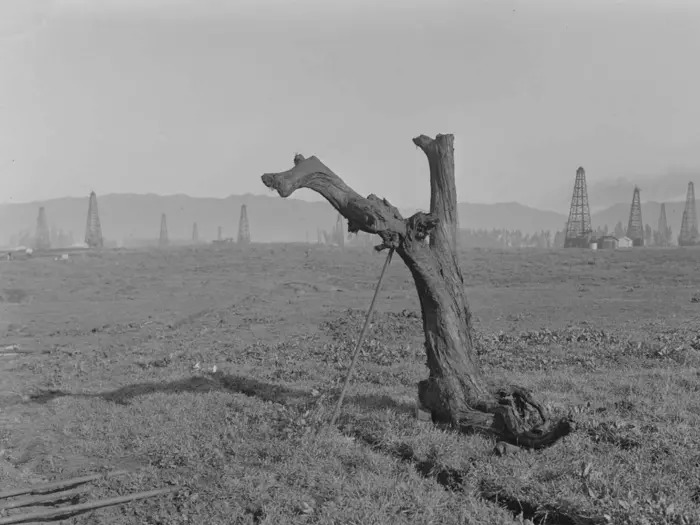U.S. Scientists Discover 6-Million-Year-Old Antarctic Ice, Revealing Earth's Ancient Climate Secrets
- MM24 News Desk
- Oct 30
- 3 min read
A team of U.S. researchers has unearthed the oldest directly dated ice on Earth, a 6-million-year-old time capsule from Antarctica's Allan Hills. This ancient ice, with its trapped air bubbles, provides an unprecedented glimpse into the composition of our planet's atmosphere during a period when global temperatures were significantly warmer. The discovery, led by Sarah Shackleton of Woods Hole Oceanographic Institution and John Higgins of Princeton University, far exceeds scientists' initial hopes for their expedition.
The quest for this ancient ice is part of the mission of the National Science Foundation (NSF)-funded Center for Oldest Ice Exploration (COLDEX), a collaboration of 15 U.S. institutions led by Oregon State University. While other teams drill deep into the Antarctic interior for continuous ice cores, the COLDEX team takes a different approach. They target the edges of the ice sheet in the Allan Hills, where unique conditions bring ancient ice remarkably close to the surface.
“Ice cores are like time machines that let scientists take a look at what our planet was like in the past,” said Sarah Shackleton, who has participated in many grueling field seasons in Antarctica. “The Allan Hills cores help us travel much further back than we imagined possible.” The team drills down just one to two hundred meters, a fraction of the depth required elsewhere, reported the Proceedings of the National Academy of Sciences, where the study was published.
The significance of this find is monumental for paleoclimatology. COLDEX Director Ed Brook, a paleoclimatologist at Oregon State University, expressed the team's astonishment. “We knew the ice was old in this region. Initially, we had hoped to find ice up to 3 million years old, or maybe a little older, but this discovery has far exceeded our expectations,” Brook stated. This discovery represents the most significant breakthrough for COLDEX since its inception in 2021.
So, how do scientists know the ice is truly that old? The key lies in the tiny air bubbles themselves. Researchers directly date the ice by carefully measuring an isotope of the noble gas argon within the trapped air. This method provides a direct measurement of the ice's age, rather than an inference, making this the most definitive ancient ice record ever found. While the record isn't a continuous timeline, it provides a series of critical "climate snapshots."
What do these snapshots reveal? For the first time, scientists have a direct measure of just how much Antarctica has cooled over the eons. The data shows a gradual, long-term cooling of about 12 degrees Celsius (approximately 22 degrees Fahrenheit) over the last 6 million years. This finding helps solidify our understanding of the planet's long-term climate trends. According to the study's authors, ongoing analysis will now focus on reconstructing past levels of atmospheric greenhouse gases, which has profound implications for understanding the drivers of natural climate change.
The work is far from over.
A COLDEX team is preparing to return to the Allan Hills in the coming months for more drilling, hopeful to find even older and more detailed ice samples. “Given the spectacularly old ice we have discovered at Allan Hills, we also have designed a comprehensive longer-term new study of this region to try to extend the records even further in time, which we hope to conduct between 2026 and 2031,” Brook added. This discovery opens a new chapter in our understanding of Earth's climate history, offering vital clues about its future.




Comments